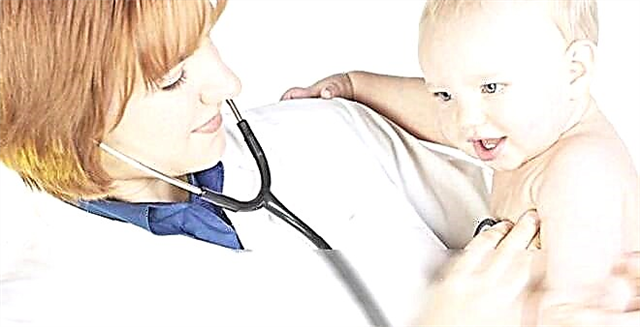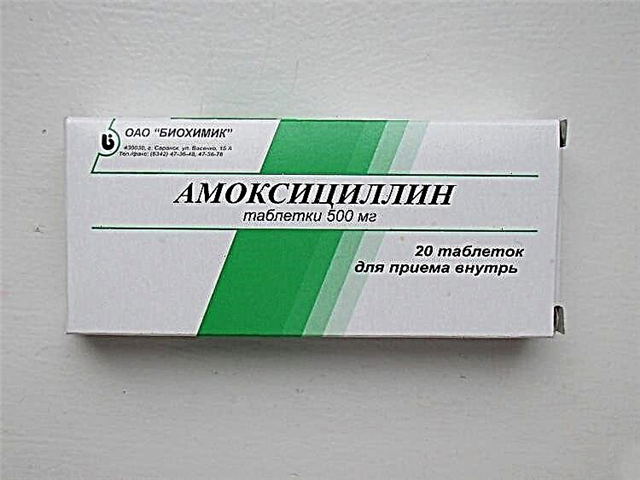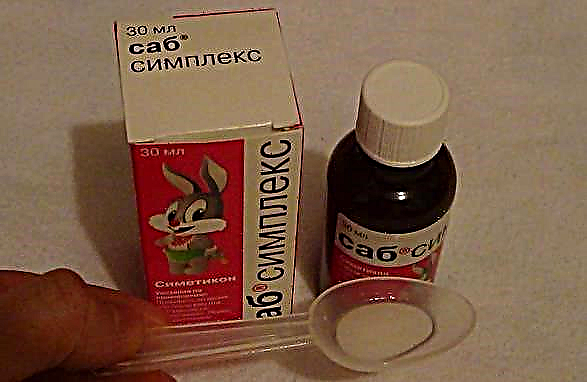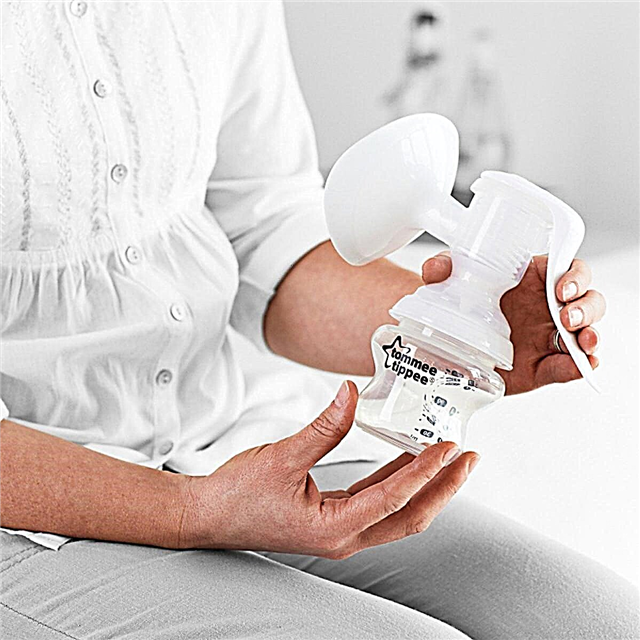
Breathing disorder in babies of the first year of life is a rather dangerous condition. Various reasons can lead to a narrowing of the lumen of the bronchi in an infant. Only timely diagnosis and treatment can help eliminate adverse symptoms.

What it is?
The narrowing of the lumen of the bronchi in infants as a result of exposure to a provoking cause is called obstructive bronchitis. As a result, breathing disorder occurs. This situation is dangerous due to insufficient supply of oxygen to the child's body. Prolonged oxygen starvation leads to disruption of the work of many internal organs.

Both boys and girls can get obstructive bronchitis. Symptoms that occur during the acute period of the disease in infants are much brighter and more pronounced than in schoolchildren. A more severe course of the disease occurs in premature babies, as well as children with low birth weight or congenital immunodeficiency.

Causes
The course of the disease in a newborn child and infant has its own characteristics. Even the reasons that cause this disease can be completely varied.
Obstructive bronchitis is caused by:
Viral infections. Influenza and parainfluenza viruses, RS viruses, and adenoviruses most often contribute to bronchial obstruction. These microorganisms are very small in size and easily penetrate the epithelial cells of the upper respiratory tract. Reproducing rapidly in the body, they contribute to the development of a strong inflammatory process in the bronchi.
Bacteria. Streptococci and staphylococci cause severe damage to the bronchi. Bacterial infections are difficult, with a high fever and severe cough. Antibiotics are required to eliminate adverse symptoms.
Smoke or inhalation of industrial emissions. According to statistics, babies living in urban areas suffer from obstructive bronchitis more often than their rural peers. The smallest components of dust and toxic particles that are in the air near major roads or industrial factories and plants enter the upper respiratory tract and contribute to the development of bronchial obstruction.
Prematurity. The final formation of the respiratory system takes place in the third trimester of pregnancy. If the child was born earlier than the due date, then he may have multiple disorders and defects in the structure of the lungs and bronchi. This increases the risk of developing bronchial obstruction in the future.
Allergies. Usually appears in toddlers 5 months of age and older. Often occur after the introduction of new foods into the child's diet as complementary foods. Allergic forms of the disease in infants are quite difficult.

Kinds
All obstructive bronchitis can be divided into several groups. Most often, doctors use classifications that reflect the cause of the disease, the form of the disease, and also the severity during its exacerbation.

Depending on the duration of the course, all obstructive bronchitis is divided into acute and chronic. The first-onset disease that is registered in a particular child for the first time is called acute. Typically, this bronchitis lasts 7-10 days, and in weakened babies - even up to two weeks.
If, despite the treatment, the disease reappears after a while, then this form is called chronic. Periods of exacerbation and remission lead to the development of recurrent bronchitis. Such forms of the disease are most dangerous for the development of complications.

According to the severity, obstructive bronchitis is subdivided into:
Lungs. They proceed without complications and respond well to treatment. Adverse symptoms of the disease are mild. They can flow without high temperatures.
Moderately heavy. A more protracted course is characteristic. With some bacterial infections, even up to 1 month. With this course, various complications may appear.
Heavy. They are treated only in a hospital setting. They are accompanied by the appearance of severe shortness of breath and manifestations of respiratory failure.

Symptoms
The first signs of the disease appear after the incubation period. Usually it is 3-4 days for viral infections and 7-14 days for bacterial ones. If obstructive bronchitis has become a manifestation of an allergy, then the first symptoms may appear within a few hours after the allergen enters the body.

The clinical manifestations of narrowing of the lumen of the bronchi include:
Cough. It can be debilitating. The child often coughs in fits. In the daytime, coughing bothers the baby much more than at night.
Deep and noisy breathing. Even at a distance, wheezing and gurgling in the chest can be heard.
Dyspnea. The baby begins to breathe more often. You can check the symptom at home. To do this, you should count the respiratory movements that are performed by the chest in one minute. Increased shortness of breath is an unfavorable symptom. It may indicate the development of respiratory failure.
Temperature rise. It can rise up to 37-39 degrees. At high temperatures, babies often vomit.
Violation of the general condition. Babies refuse breastfeeding, are capricious, they ask for more pens. Drowsiness and general weakness increase.
Violation of nasal breathing and redness of the oropharynx. Occurs in viral and bacterial infections.
Soreness in chest after coughing up. Harsh cough with difficult sputum leads to rapid fatigue of the baby and the appearance of soreness in the chest during breathing.


Diagnostics
When the first symptoms of the disease appear in a child, it must be shown to the pediatrician. With the help of auscultation (listening to sounds with a stethoscope), the doctor will be able to detect the presence of wheezing and impaired breathing.
To clarify the diagnosis, a general blood test may be required. Severe leukocytosis will be evidence of the presence of an inflammatory process in the child's body. Examination of the child by a doctor and a general blood test, in most cases, is quite enough to establish a diagnosis and prescribe treatment. Chest x-rays are not used in toddlers.

Treatment
If the course of the disease is severe or complications have developed, and there are also symptoms of respiratory failure, then hospitalization is required. In other cases, home treatment under the supervision of the attending physician is quite sufficient.
To eliminate the adverse symptoms of the disease, use:
Expectorants and mucolytics. They make the viscous phlegm thinner and help your baby to cough it up more easily.
Antipyretic. Appointed when the temperature rises above 38 degrees. Do not apply for a long time. For infants, medications are prescribed in syrup or solutions.
Antispasmodics... Preparations based on drotaverine and papaverine help to eliminate bronchospasm well, and also promote better sputum discharge.
Warm, abundant drink. Alkaline mineral waters are actively used in babies from 4 months. Fruit drinks and compotes made from apples and pears, as well as dried fruits are also well suited.
Complete nutrition with the exclusion of allergenic foods. If a baby develops obstructive bronchitis as a result of an allergic reaction, provoking allergens should be completely excluded from his diet.
Bronchodilators. These drugs help eliminate bronchospasm and normalize breathing. Prescribed by inhalation. The dosage and frequency of use is chosen by the attending physician, taking into account the age of the child and the presence of concomitant pathologies.
Antiviral drugs and antibiotics. Appointed after establishing the cause of the disease. Antiviral agents are prescribed for 4-5 days, antibiotics - for 7-10 days.
Special humidifiers. Such devices allow you to maintain the correct humidity in the premises and help to eliminate the pronounced dryness of the mucous membranes.

Treatment of obstructive bronchitis in babies in the first year of life requires a more careful approach. With improperly selected therapy, the disease can become chronic. Strengthening the immune system and preventing infection during the cold season will allow the baby not to get obstructive bronchitis in the future.

Doctor Komarovsky will tell us about the treatment of obstructive bronchitis in children in the next video.



